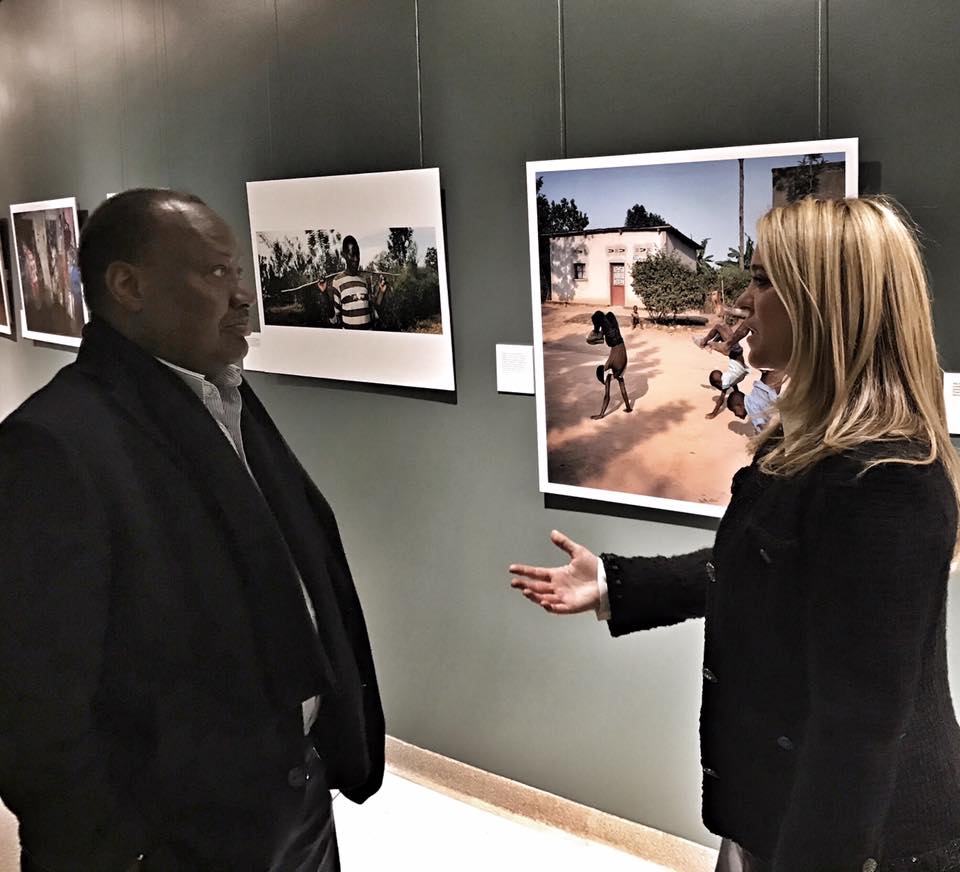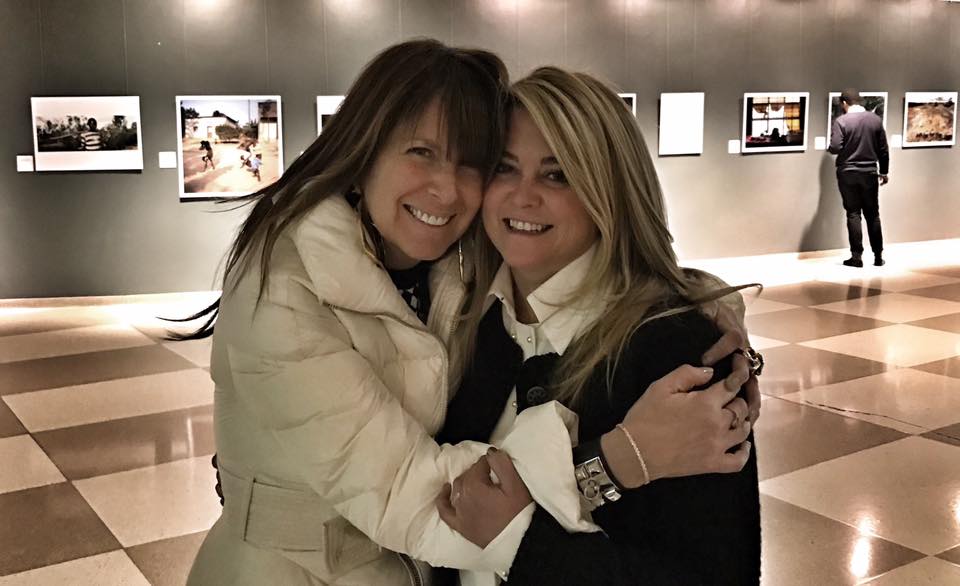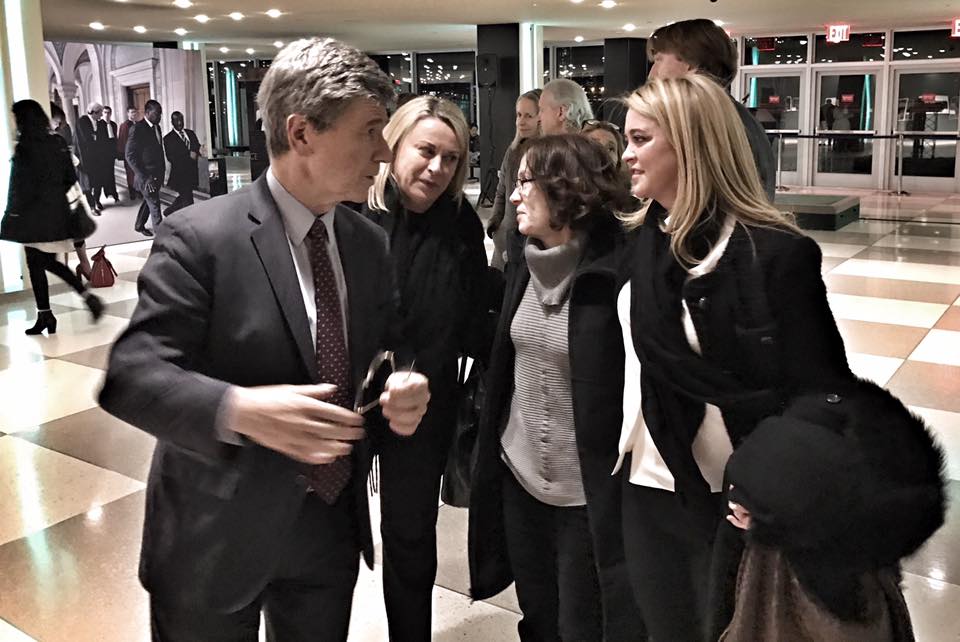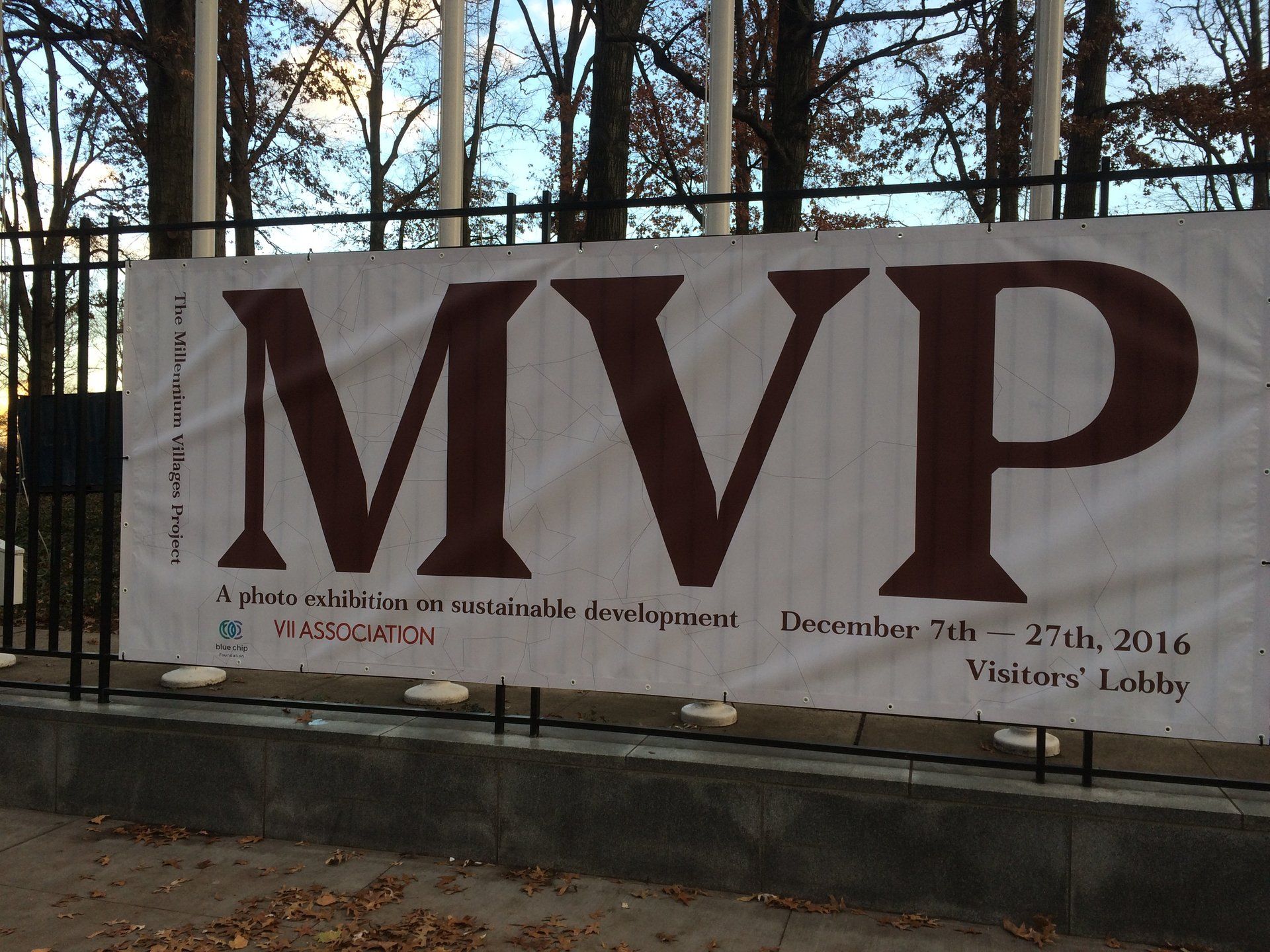New York—Photos from the Millennium Villages Project (MVP): A Photographic Essay on Sustainable Development are on display in the visitors’ lobby of the United Nations building in Manhattan throughout the month of December. The December 15 opening ceremony attracted more than 120 guests, board members from VII and representatives from a number of photography-oriented magazines.
Jennifer Gross, founder of Blue Chip Foundation, and the VII Foundation compiled the photos to depict the lives of dozens of individuals living in the Sub-Saharan African countries of Ghana, Ethiopia, Rwanda and Senegal. Gross’s colleagues from the Earth Institute at Columbia University assisted with the exhibition.
Director of the Sustainable Development Solutions Network Jeff Sachs, CEO of Millennium Promise Amadou Niang, and co-founder of VII Ron Haviv each spoke at the ceremony to open the exhibition, which featured images by Haviv, Ed Kashi, Gary Knight and Danny Wilcox Frazier.
Sachs’ speech highlighted the importance of the work behind what the exhibition displayed. He thanked George Soros, Jacqueline Corbelli, Jenn Gross and other attendees for their support of the project. The MVP worked in 10 country sites called “clusters,” populated by an average of 25,000 to 35,000 people (in some cases between 50,000 and 60,000) to improve living conditions for residents and move forward with Millennium Development Goals.
“We’re in a very important place in the world, the United Nations… it’s a special privilege to have an exhibition here and that’s thanks to Jenn’s vision, your artistic vision, and your support, and pushing, and partnership for a decade on MVP, which is the purpose of the exhibition. We are celebrating the end of a 10-year, remarkable project, the Millennium Villages Project, which was a project started in 2005 to help advance the Millennium Development Goals,” said Sachs. “It was the first time the UN had structured and all of the member states had adopted specific, quantitative goals in a fixed period of time to make a major advance against extreme poverty.
Sachs described the work MVP was performing this way: "We had a number of ‘quick wins’ of things that could be done quickly to combat poverty and disease. And our first quick win was my favorite, which was that Sumitomo Chemical Company donated 300,000 anti-malaria bed nets, and we soon had [them] in all of these villages—the children sleeping under an anti-malaria bed net within a few months of the project. Lo and behold, malaria plummeted. In 2006, Kenya initiated a country-wide distribution of bed nets and malaria came down sharply in Kenya,” said Sachs. “Within a short period of time, WHO made a statement that there should be a mass distribution of bed nets. About a billion bed nets were
distributed. Now Malaria is down by 70% in Sub-Saharan Africa.”
The Millennium Villages Project, between 2006 and 2010, spent about $60 per villager, per year. During the second half of the project, the organization phased out the financing and spent, in the last year, about $14 per villager, per year. Local governments have taken over responsibility for the project since then, says Sachs, and the organizations involved are finding positive results. “The results show that [with] a very small amount of funding, you can have spectacular results,” said Sachs.
Photos from the exhibition are featured in The Millennium Villages Project book depicts the real-world struggles people in Sub-Saharan Africa face each day. The opening ceremony also served as a reunion for those who had collaborated so closely on the project..
“Working with such prestigious photographers to document the Millennium Villages Project which I’ve been passionately involved with has been a tremendous experience." said Gross. “Launching our body of work in this exhibition at the United Nations has been one of the most special honors of my work thus far.”
During the reception, Gross accepted an invitation from Niang to become a board member of Millennium Promise.
“That was a special cap to the event,” says Gross. “And reflects my dedication to the project. More than anything that evening, though, it was gratifying to finally share the moment with my mentors, Jeff and Sonia Sachs, my friends and colleagues, and my husband who has experienced the journey with me. I’m grateful to have a solid team in this work.
Sachs says there’s still more work to do—and he, Gross, and others are pushing forward. “We are now in a new phase. We have finished the Millennium Development Goals, and there was a lot of progress made. And I can tell you, wherever the world put resources, like the anti-malaria bed nets, progress was shown. When the world invested in fighting AIDS, Progress was made,” said Sachs. “In September 2015, the UN member states said, ‘We can do even more.’ They adopted 17 sustainable development goals into the agenda—into what is goal number one: End extreme poverty by the year 2030. So the work isn’t over. The work showed that progress can be made, and it indicated how to make progress.”





